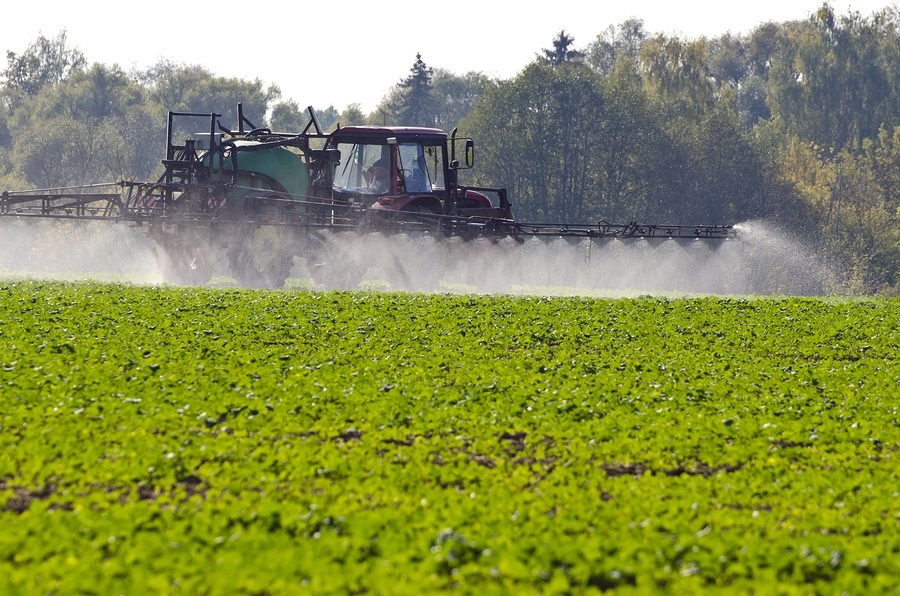Will Monsanto Finally Stand Trial for Cancer-causing Herbicide Glyphosate?
A California Superior Court ruled last week that a man dying of cancer, who is suing Monsanto, can present evidence that Monsanto covered up research linking glyphosate to cancer. Glyphosate is the main ingredient in Roundup, the world's most prevalent herbicide used in agriculture, that has been found in 93% of Americans' urine, most mothers' breast milk, and is probably residing inside of every person alive on planet Earth. Provided that the trial will go forward without any more legal maneuvering by Monsanto, 46-year-old DeWayne Johnson, who has terminal cancer and only months left to live, will take the stand against Monsanto in a California court on June 18, in what is being called a "Landmark Lawsuit." Last week Judge Curtis Karnow issued an order clearing the way for jurors to consider not just scientific evidence related to what caused Johnson’s cancer, but allegations that Monsanto suppressed evidence of the risks of its weed killing products. Karnow ruled that the trial will proceed and a jury would be allowed to consider possible punitive damages. There are more than 4,000 other cancer victims who have filed lawsuits against Monsanto since the World Health Organization’s (WHO) International Agency for Research on Cancer (IARC) published a report linking glyphosate to non-Hodgkin lymphoma back in 2015. Therefore, should this case actually make it to trial, and DeWayne Johnson gets his day in court before a jury, it could set quite a precedent.





















